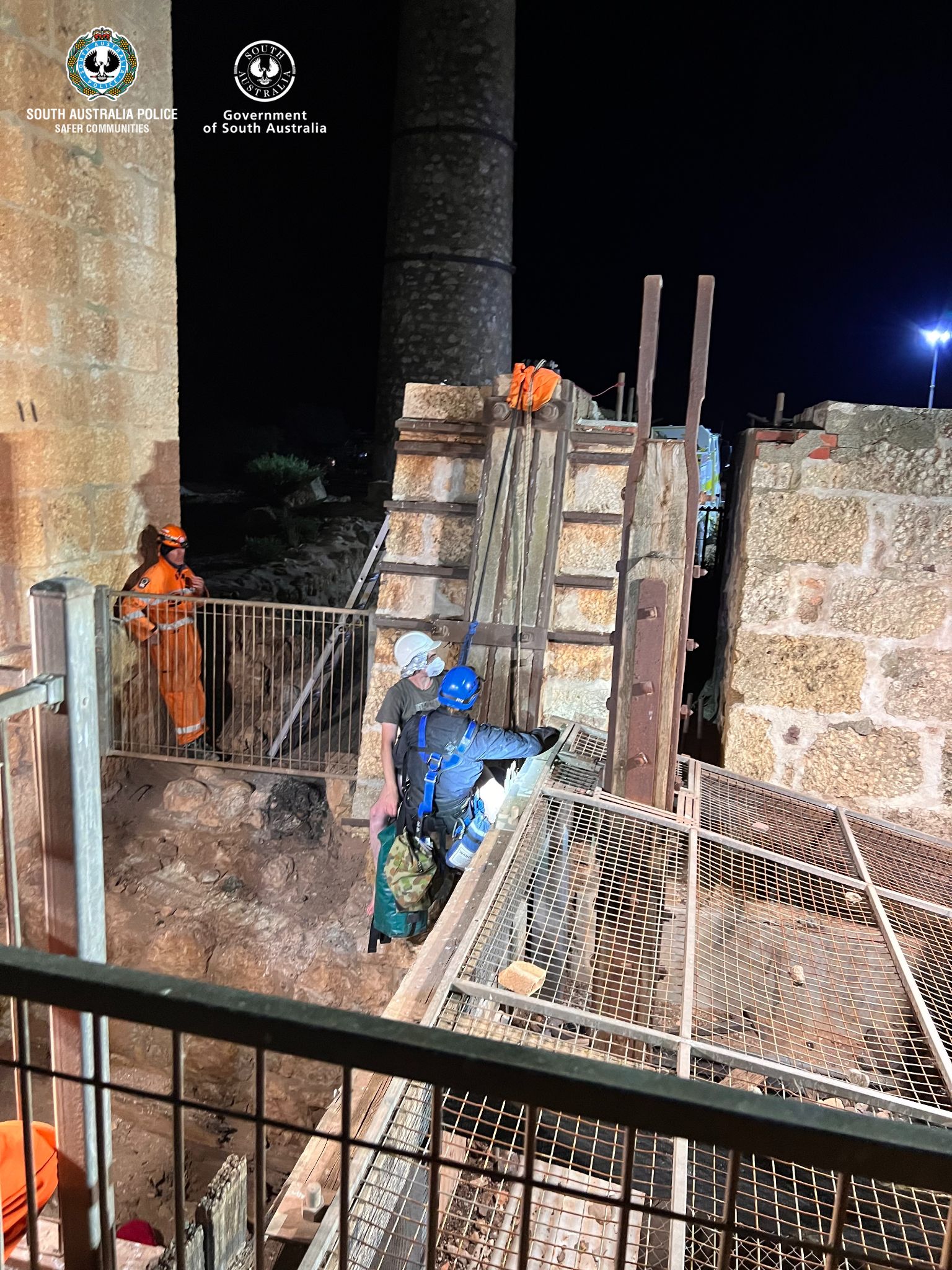Anniversary of the Southeast Queensland and New South Wales floods 2022
As the nation marks the first anniversary of the Southeast Queensland and New South Wales floods nears, we’re reflecting on the long-lasting and devastating impacts felt by these communities and providing an update on the support our brands, including NRMA Insurance, CGU and WFI, have provided to our customers and communities in the wake of the catastrophe.
Reflecting on the catastrophic floods one-year on
Words by Luke Gallagher Executive General Manager Direct Claims

As I reflect on the Southeast Queensland and Northern New South Wales floods a year on, I think back to the sheer scale of destruction caused and the terrible impact on so many people. These floods not only damaged and destroyed property, they had tragic consequences with the loss of life. It was heartbreaking to hear what residents went through just to survive the floods, which will have a lasting impact on these communities.
On 28th February 2022, severe rain and flooding inundated more than 20,000 homes in Southeast Queensland and moved across the border into New South Wales, flooding 3,000 homes in the Northern Rivers town of Lismore.
We were closely monitoring this weather system with our Natural Perils team of weather specialists as there were signs it could develop into a very severe weather event or natural disaster.
Our dedicated Major Events Response Team was preparing for our claims and assessing teams to be on-the-ground supporting customers as soon as it was safe to enter the areas we believed could be severely impacted by the torrential rain and floods.
First and foremost, when people are at risk of being impacted by severe weather we emphasise for residents to make safety their priority, follow the advice of the emergency authorities and to never drive through floodwaters.
We also urge customers to lodge their claims as soon as possible, so we can provide immediate support including temporary accommodation or financial assistance for customers staying with friends or family.
The floods that impacted these communities were one of the worst catastrophes to ever impact our nation and the repercussions for these residents is something we think about every day.
I visited Lismore and the surrounding impacted region multiple times from early March last year to see the devastation first-hand, to speak with our customers and local residents to understand their experience and assess the support we could provide during their recovery.
The spirit and resilience of the people I met in these communities, the care and support they provided each other, and their determination to rebuild their communities was incredible to see, given everything they’d been through.
Caption: Flooded streets in Lismore
We know financial hardship is always a challenge for communities in the aftermath of natural disasters. That’s why we accelerated contents settlements, provided emergency payments and reimbursements for items already replaced, as well as connecting customers with our free, confidential counselling services.
Following the disaster, we provided temporary accommodation to more than 400 customers.
Our Major Events Response team remained in the flood-affected areas for more than three months to provide face-to-face support to 1,300 customers from the disaster recovery centres. Our Major Event Rapid Response Vehicle (MERRV), which is a mobile claims centre, was also on the road, and can go wherever our customers need us.

Caption: NRMA Insurance Major Event Rapid Response Vehicle (MERRV) travelled through the Northern New South Wales regions to help our flood-impacted customers
Once deemed safe to enter by emergency authorities, our team of assessors and partner builders were on the ground conducting emergency make-safe repairs to properties. Given the sheer volume of claims received across the impacted regions, we brought in builders and trades from across our national network to support local repairers and provide additional capacity to undertake repairs.
It was humbling to witness our people – our Major Events Response Team, claims consultants, assessors and repair partners – band together and work tirelessly for months on end to get our customers and the community back on their feet.
To extend our support for people across the flood-affected regions, we established a $1 million Help Package which included $400,000 to help GIVIT provide essential items to flood-victims, $300,000 to support the Australian Red Cross to help communities build their longer-term resilience and capacity to deal with future events and $300,000 to support an additional 2,676 Lifeline tele-health counselling sessions to help with the ongoing mental health needs of residents.
The anniversary of these devastating floods will be a very difficult and emotional time for many people across Southeast Queensland and the Northern Rivers regions. While we are grateful for the work of our teams, local authorities, charities and community groups throughout this disaster, we know that there is still a long road to recovery for many residents almost a year on.
To support residents with any claim enquiries and to provide face-to-face help to our customers, a team of our claims consultants will be available for consultation at the upcoming Insurance Council of Australia (ICA) community forums, being held over the next couple of weeks in Southeast Queensland and various locations across Northern New South Wales.
We’ll continue to support our customers and these communities in their recovery, as well as all efforts to help make them safer, better prepared and better protected.

Building more resilient communities in high-risk flood areas
Words by Mark Leplastrier Executive Manager Natural Perils
In the year since the Southeast Queensland and New South Wales flood disaster, we have worked with all levels of government to share our insights from our team of severe weather experts to help ensure that decisions around allocating funding will help to build more resilient communities, and ultimately, save lives.
To lessen the impact of severe weather in the future, it is critical that all levels of government, businesses and communities work together to reduce the risks faced by people in high-risk areas.
In October 2022, we welcomed the Federal Government’s upfront mitigation funding commitment of $200m a year, totalling $1 billion over a five-year period. Similarly, the Queensland and New South Wales flood resilience programs of $740m and $800m respectively are crucial to address the immediate impacts of the recent floods.
We also welcome a more recent commitment of $30 million to improve flood pumps in Lismore, in addition to funding for community awareness and community-led resilience initiatives, announced by the Federal Emergency Management Minister Murray Watt this week.
While this investment is an important step to protect residents from imminent danger, just as critical is the implementation of sustainable long-term solutions to prevent the loss of lives and properties from similar flood disasters in the future.
We have participated in a number of State Government inquiries into the floods, including the NSW Parliamentary Inquiry on the 14th June 2022. Our submissions have outlined the urgent need to invest in mitigation initiatives, improve land-use planning so people aren’t put in harm’s way and enhance building codes to make homes and buildings more resilient.
When the flood risk for certain areas is extreme, planned relocation from those areas through a voluntary buy-back of properties or land swap scheme should be considered in consultation with the impacted community.
In the near future, we will be releasing a report outlining our recommendations on planned relocation, integrated support measures and funding arrangements for high-risk communities. The guidance has been developed by our Natural Perils team in collaboration with external consultants following extensive research and robust modelling into the catastrophic flood event.
We understand these are difficult conversations for communities to have, particularly as many are still recovering from last year’s flood disaster, and their wellbeing must always be the priority.
It is our hope that we can see our recommendations for mitigation realised and undertaken with urgency. We will continue to work with governments for opportunities to reduce severe weather risk and help protect lives and property into the future.








